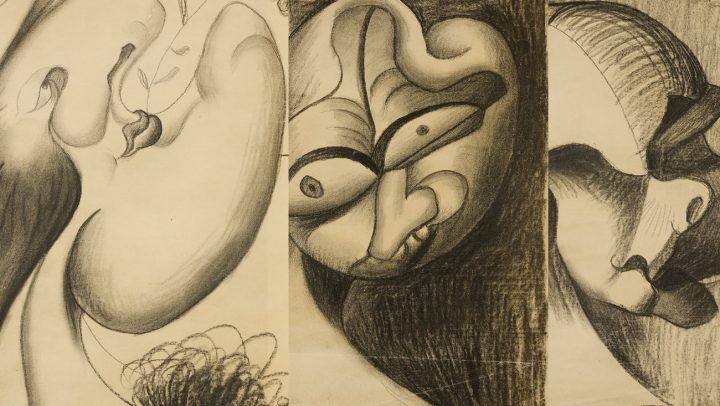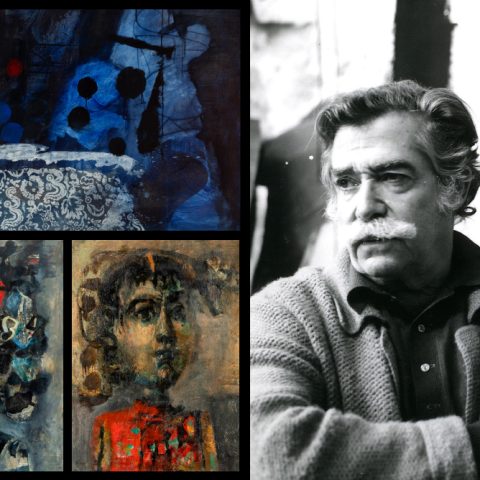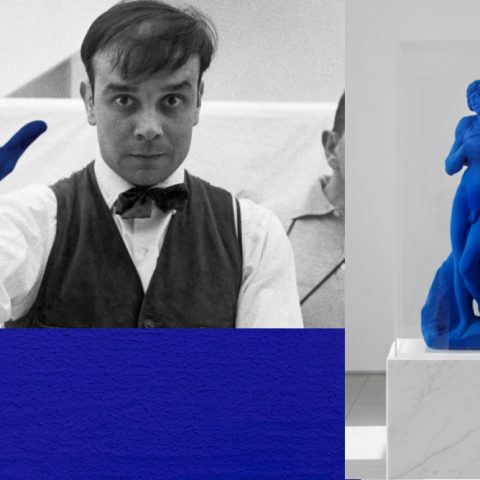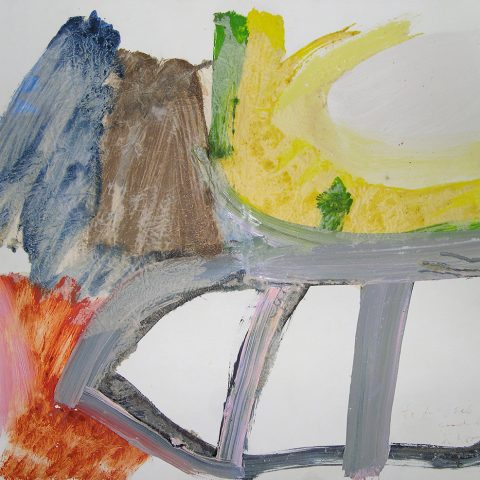The tender of the 5 charcoal portraits of Luis Fernandez sheds light on one of the most brilliant, yet unknown stages of the artist.
At the beginning of the last century, when Paris was considered the world capital of art, many Spanish artists decided to move their creative epicenter to the neighboring country. In fact, and taking into account the artistic transcendence of figures such as Picasso and Miró, the Spanish contribution to the arrival of the first international modernity is unquestionable. Following in the footsteps of their predecessors and masters came a generation of artists who, like Palencia, Bores, or Luis Fernández, found in Paris the ideal artistic context in which to satisfy their yearning for experimentation.
The frenetic intellectual and creative ferment that took place during the first decades of the twentieth century led to the plastic conception of artists such as Luis Fernandez to develop under the yoke of abstract art, but also of realism, cubism and surrealism. While it is true that in broad strokes these currents were the ones that dominated the art scene, it is equally true that the multiple ruptures and idiosyncrasies produced at that time impose on us an eclectic and open story composed of microhistories and interconnections as rich and complex as the time in which they developed. In this sense, Luis Fernández’s career is one of the most interesting and unknown creative corpus of 20th century Spanish art.
After studying Fine Arts in Barcelona, the Asturian painter moved to Paris in 1927 to settle in the mythical Montparnasse district. The environment of cultural effervescence in which he was able to participate became the best school that any artist could wish for, to the point of experimenting with multiple avant-garde trends: from the purism of Le Corbusier, to the neoplasticism of Mondrian through the abstraction of Kandinsky and the surrealism of the dimensionist group, where he coincided with artists such as Miró, Calder, Hans Arp, Robert Delaunay or Marcel Duchamp.
The period between 1934 and 1944, to which the set of drawings in bidding belongs, is an exceptional and unique period in the career of Luis Fernández. In it, Picasso’s expressionism converges with the surrealist substratum, giving birth to a free interpretation of forms whose nature, while remaining within the limits of figuration, reinterprets the traditional conception of the portrait genre.
In fact, after reacting against the approaches of geometric abstraction, his link with surrealism will also manifest itself at the ideological and conceptual level, approaching the precepts of André Breton with whom he established a close friendship that would last until his death. In this approach to surrealism, the links he established with important figures in the field of collecting, such as the Zervos couple, were decisive. It was they who introduced him to the poet Rene Char, a figure who would become one of the most influential in the evolution of Fernandez’s career and his search for the common artistic absolute.
In parallel, Fernandez cultivated his interest in the theories of Sigmund Freud and his exploration of the human subconscious whose conception was, without a doubt, one of the foundational pillars of the surrealist movement. In this way, the works of the first period ascribed to surrealism comply with the attempt of the movement according to which the descent into hell is understood as a purifying act. In this sense, his good friend Maria Zambrano lucidly defined his work as a true “descent into the hells of being, into the world of the dark entrails, of blood and its nightmares”. These words refer us to a biography plagued since his childhood by the irreparable losses of his mother, father and brother that would deprive him of that feeling of rootedness and belonging under which we build our identity. Marked by his personal tragedy, the artist embarks on an ascensional journey in which, only by exploring the darkest and most recondite places within himself, will the light that dwells in them emerge through artistic expression.
“What I do is not painting, it’s things that come into my head that I have to do right away; whoever wants to see painting has.”
Pablo Picasso
On the other hand, the close contact he had with Picasso in the second half of the thirties added to his work a much more forceful, violent and expressive character. In fact, all his work will be crossed by the gaze of the author of Guernica, whose influence will become more significant after 1939, the year in which he carried out the four portraits in bidding. The virulence of the framing, the unhinged expression or the angular shapes of his figures refer us to the genius of Malaga, not only in its plastic conception but also in its ideological charge, becoming a symbol of the suffering inflicted on the Spanish people during the Civil War.
Perhaps his early departure to Paris, together with the fact that it was not until the arrival of democracy that his work was exhibited for the first time in a national museum, explain why an exceptional career such as his has remained in the shadows for so long. It is curious, however, to see how in his time great collectors and artists of the stature of Picasso, Zervos or De Ménil did not hesitate to buy his work, recognizing his talent, uniqueness and special sensitivity that vindicate him as one of the great exponents of Spanish art of the twentieth century.







